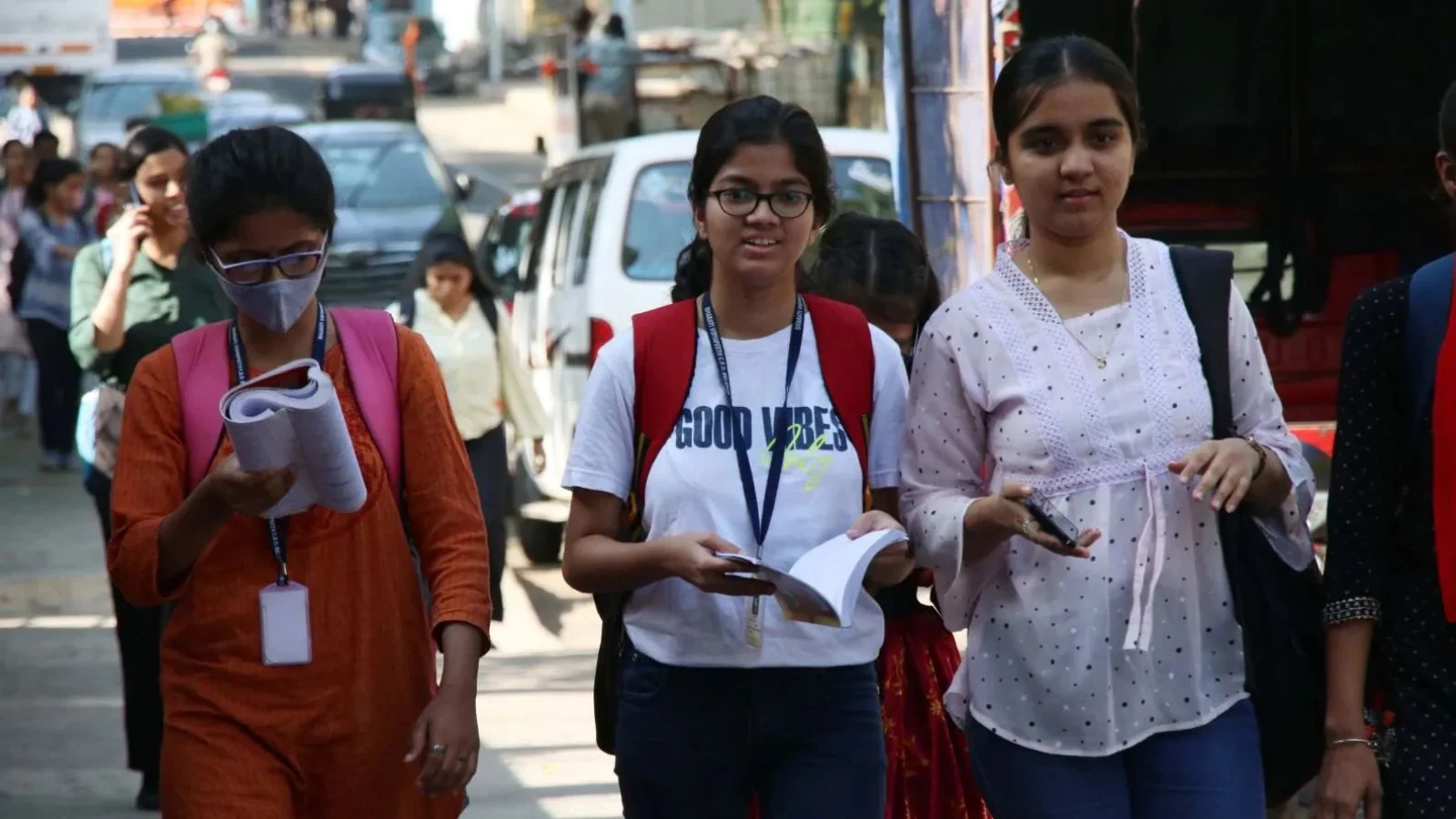Board of Secondary Education, Assam released the Assam HSLC syllabus 2025-26 for the students. The board has made available the Assam SEBA 10th syllabus 2026 online on its official website at www.sebaonline.org. The SEBA syllabus for class 10 2026 is available for the students to download for all the subjects. Students can download the HSLC class 10 syllabus 2025-26 online on the official website and on this page as well. Students must note that no changes have been made in this year's Assam 10h syllabus as compared to last year's. Students preparing for the Assam HSLC exam 2026 must cover the entire Assam HSLC syllabus 2026. The Assam HSLC syllabus 2025-26 comprises all the topics and subtopics for each subject.
SEBA also released the Assam HSLC sample paper 2025-26 for the students. Students can access the same on the official website and on our separate page for the SEBA HSLC sample/model paper 2025-26. SEBA will conduct the Assam Class 10 exams 2026 in March, tentatively.
Assam 10th Maths Syllabus 2025-26
Below given is the detailed syllabus:
Unit / Chapter | Detailed Contents | Marks Weightage (Theory) |
1. Real Numbers | Introduction to the real number system, Euclid’s division lemma, properties of prime numbers, concept of irrational numbers, proving irrationality, terminating and non-terminating decimals, revisiting fundamental theorem of arithmetic, and its applications in solving numerical problems. | 5 |
2. Polynomials | Definition of polynomials, degree of a polynomial, graphical representation, relationship between zeros and coefficients of quadratic and cubic polynomials, factorization methods, and application-based problems related to real-life situations. | 8 |
3. Pair of Linear Equations in Two Variables | Various methods of solving equations such as substitution, elimination, cross multiplication, and graphical representation of solutions. Problems related to daily life such as age problems, mixture problems, speed and distance, and financial mathematics. Understanding conditions of consistency and inconsistency of equations. | 7 |
4. Quadratic Equations | Solving quadratic equations using factorization, completing the square method, and the quadratic formula. Understanding the role of discriminant in determining the nature of roots. Application problems related to area, time, work, and motion. | 6 |
5. Arithmetic Progressions (AP) | General term (nth term) of an AP, sum of the first n terms, derivations of formulae, solving problems related to daily life such as growth of savings, salaries, installment payments, and distribution scenarios. | 6 |
6. Triangles | Concepts of similarity, criteria for similarity of triangles, Pythagoras theorem and its converse, theorems on proportionality, and application of similarity in solving geometrical problems related to height and distances. | 6 |
7. Coordinate Geometry | Concepts of coordinate planes, plotting points, distance formula, section formula, midpoint formula, and their applications in dividing line segments, verifying geometrical results, and finding coordinates of centroids. | 7 |
8. Introduction to Trigonometry | Definition of trigonometric ratios using right-angled triangles, evaluation of ratios for specific standard angles (0°, 30°, 45°, 60°, 90°), fundamental trigonometric identities, and simple problems on verifying identities. | 7 |
9. Circles | Tangent to a circle, number of tangents from a point to a circle, properties and theorems based on tangents and chords, practical problems involving circle geometry. | 6 |
10. Constructions | Step-by-step construction of geometrical figures using a compass and ruler. Specific tasks include dividing a line segment into given ratios, constructing tangents to circles, and constructing triangles similar to a given triangle. | 4 |
11. Areas Related to Circles | Finding areas and perimeters of circles, computation of areas of sectors and segments, problems involving combinations of plane figures like semicircles, quadrants, and practical applications like designing shapes and calculating land areas. | 6 |
12. Surface Areas and Volumes | Surface areas and volumes of different 3D solids such as cube, cuboid, cylinder, cone, sphere, and hemisphere. Frustum of a cone and practical application problems related to real-world contexts like containers, buildings, and everyday objects. | 6 |
13. Statistics | Collection and presentation of data in tabular form, bar graphs, histograms, and frequency polygons. Calculation of measures of central tendency: mean (direct, assumed mean, step-deviation methods), median, and mode. Interpretation of real-life data and drawing conclusions. | 5 |
14. Probability | Introduction to the concept of probability, experimental probability and theoretical probability, problems involving coins, dice, cards, and everyday life situations. Focus on simple, non-compound events to develop clear conceptual understanding. | 5 |
Assam SEBA HSLC Syllabus 2025-26: How to Prepare
- Students should complete the entire Assam Class 10 syllabus 2026. By doing so, students will have a good amount of time for revision and solving the sample papers.
- After completing the SEBA HSLC syllabus 2026 pdf download, students are advised to regularly revise the prepared topics. This will help students to retain the concepts for a longer period. The more you revise, the better your chances of scoring well.
- Along with the preparation of the Assam HSLC syllabus 2026, students must begin solving and analysing the previous year's question papers as per the schedule given in Assam HSLC routine 2026. These will make them familiar with the exam pattern and marking scheme followed in the exam.
- Solve different types of questions asked on topics listed in the SEBA syllabus for class 10 2026, to improve the Assam HSLC result 2026.

